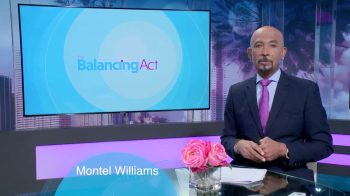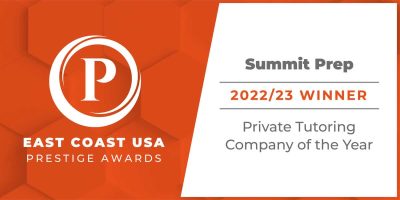Today we’re adding another layer to the ACT Reading strategies (see Part 1 here).
First, we’ll cover how the vast majority of students can get a near-perfect score on ACT Reading.
Second, for those not willing to do the first, we’ll discuss how students can still hit their personal best score.
Near Certainty of High Success
My students who read a lot almost always get a 34 or above (out of 36) on the Reading section of the ACT.
Think of it like this: If you are 17 years old and you have spent about a decade of your life doing 15 hours of laps per week in a pool, and then someone comes along and gives you the best swimming techniques, you are very likely to be a very top swimmer. Even if no one came along to give you the best techniques, you still probably would have been a top swimmer because your mind and body would have adapted to the task, and you likely would have found very good (maybe even the best) techniques on your own.
If, on the other hand, you hate swimming, dodge it whenever you can, and rarely do it, then the best techniques alone will help you improve (and do so more quickly than you likely could on your own) but are unlikely to get you to become a top swimmer. If you initially rarely swam, then only with substantial practice and coaching would you be able to become a top swimmer.
The same is true with Reading. When you read a lot, your mind becomes adapted to the task: your brain processes the words more quickly, so you can read faster and better comprehend what you are reading.
But not everyone is now going to become an avid reader. So what are the best techniques for those who won’t?
The Best ACT Reading Techniques
Besides the overall ability to simply read and comprehend, the second most important skill on the ACT Reading section is to be able to work quickly. Here are the two most important tricks to help students work more quickly.
Fail Fast
If you’re going to get a question wrong, you want to get it wrong as quickly as possible. The primary mistake that students make on the ACT Reading section is spending time on the most time-consuming questions. Most students will still get these questions wrong regardless (they will spend 1-2 minutes on these questions, eventually realize they need to just move on, and likely guess an incorrect answer). So, instead of spending 2 minutes on these questions to get them wrong, it is much better to spend 10 seconds on these questions, realize they are time-consuming, take an educated guess, and move on immediately. Doing so will allow students to get to more questions and ideally finish the ACT Reading section. Finishing is extremely important because most ACT Reading questions are NOT hard. For the most part, students need to be able to quickly locate answers in the text, and then the answer is often almost word-for-word in an answer choice.
Below is an example of a question that most students (since most students are not avid readers and have to rush to finish the ACT Reading section) should just immediately take an educated guess on.

Why? Because this question is actually four questions. Students would have to go back to the reading passage and try to find the answers to all four of these questions in order to get this one question right. It’s a bad tradeoff to get this one question correct but likely run out of time — in short, to trade 1 correct answer for 4 incorrect answers on other questions.
If students can take an educated guess on just 3 questions that would take 3-minutes each, then they will have freed up 9 minutes on the 35-minute Reading section. Thus, from taking educated guesses on just 3 questions, students essentially get 26% more time for the remaining questions 37 questions (there are 40 questions total on the ACT Reading section).
Granted, for students who read very slowly, they might need to take educated guesses on more than 3 questions in order to finish — sometimes as many as 6 questions (beyond that, if students are still running out of time, then we should discuss getting extended time).
Take It Like Practice
The first time I took an ACT as an adult (when I started tutoring for the SAT/ACT), I was very surprised: I almost ran out of time on a few sections. In practice, I would typically finish every section very early, so I anticipated doing likewise on test day.
What was different on test day? Thankfully, this experience allowed me to realize the same execution error that most students make on test day.
Here’s what I did in practice:
- Get an answer
- Put the answer down
- Move to the next question
Here’s what I did on test day:
- Get an answer
- Double-check myself for 10 seconds or so (because I knew that the score actually counted, so I wanted to avoid any possibility of a silly mistake)
- Put the answer down
- Move on to the next question
That act of trying too hard to make sure I got every question right threw off my timing. And it does so for most students as well.
Students need to consciously take the real test just like they are taking practice tests.
And, because students can delete past ACT scores for free at any time, they not only should take the real tests like practice tests but they literally can actually take the real tests as practice (and, the more times a student takes the real test, the higher they typically eventually score). Taking the real test as practice both decreases stress and improves performance.
Incremental Improvement
It takes time to improve on hard things (and the SAT and ACT are hard because they are long tests that cover a vast array of content). The best techniques can improve students’ scores. But, for students to very significantly increase their ACT Reading scores (10+ points), they need to truly increase their reading ability. That takes substantial practice and coaching. But, with hard work, all students can not only improve their scores and chances of admission to their desired college but also increase their chances of receiving more merit aid and scholarships as well.







